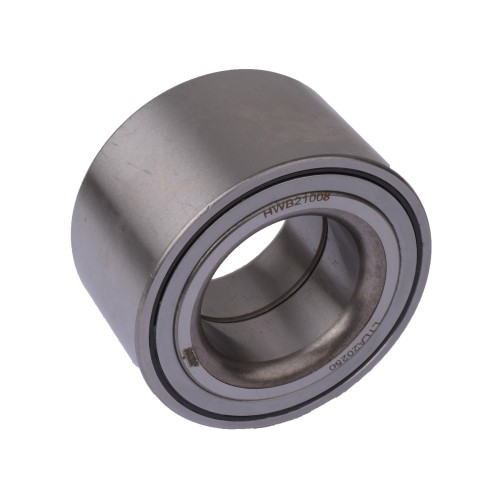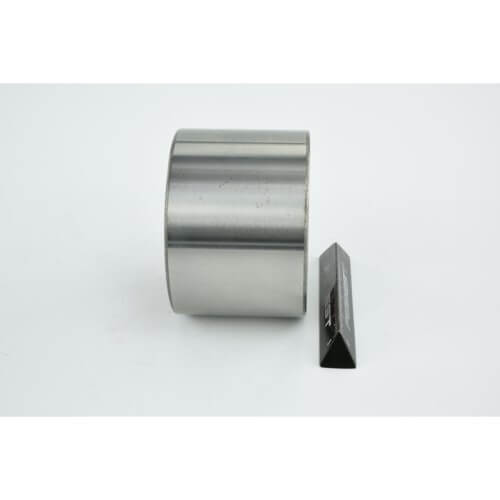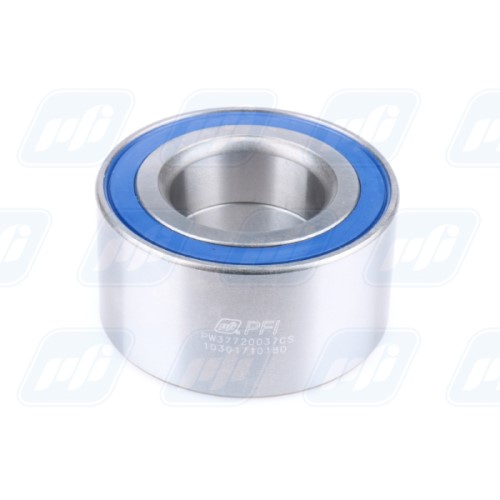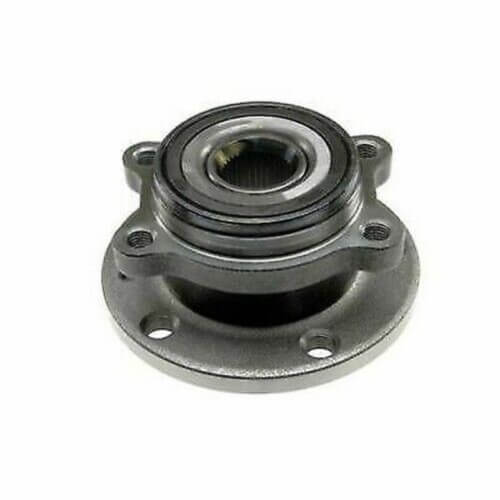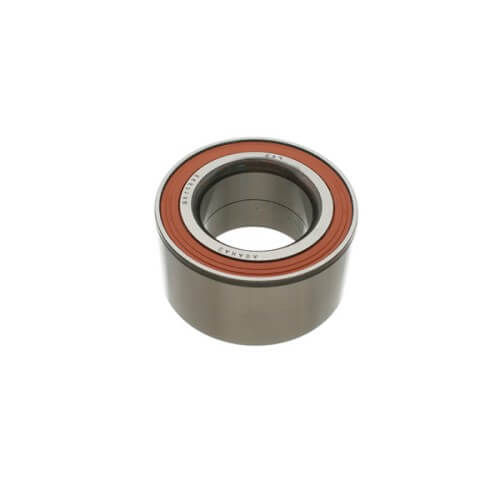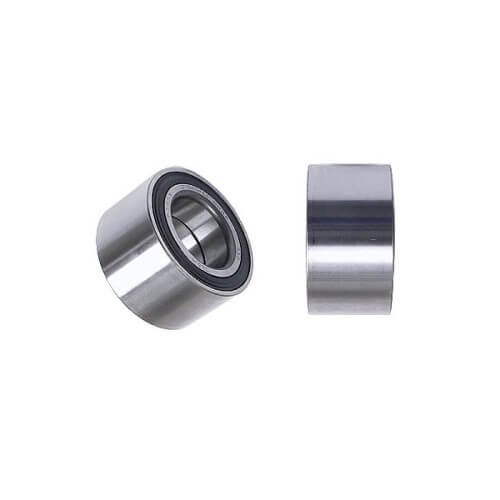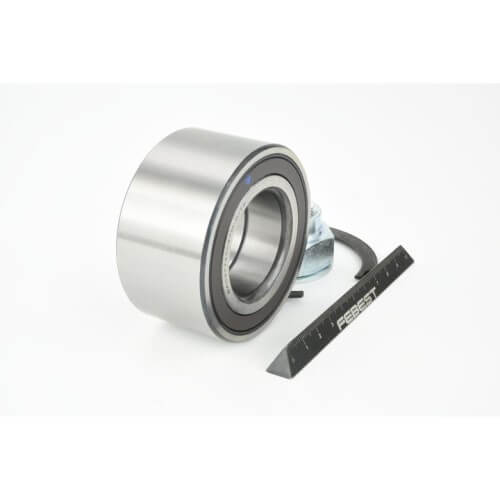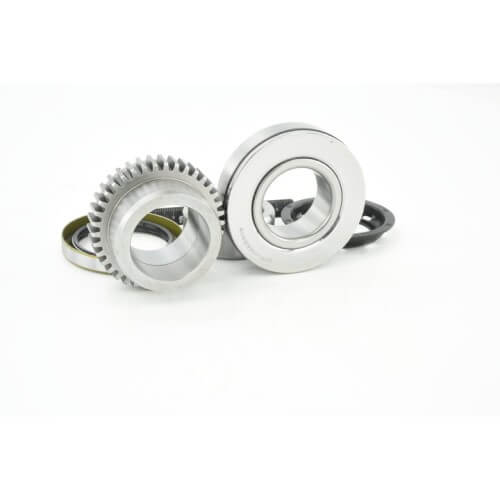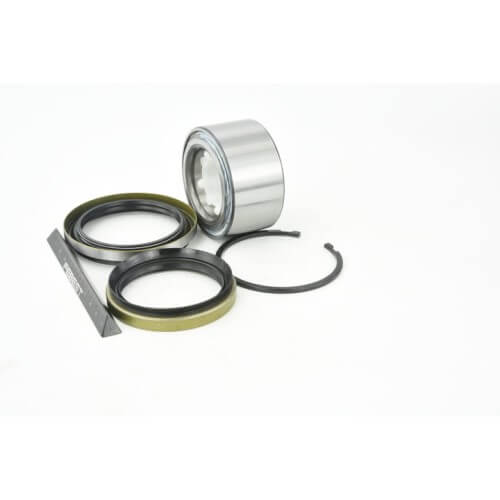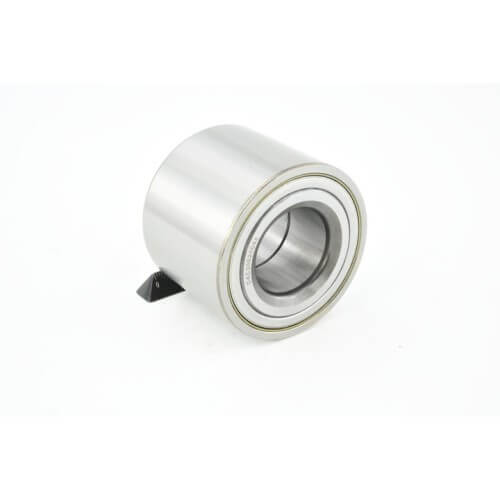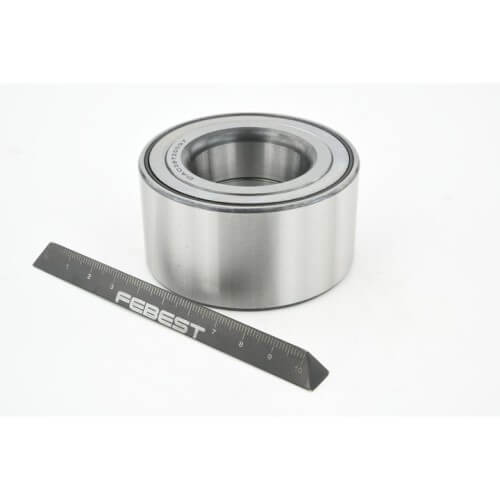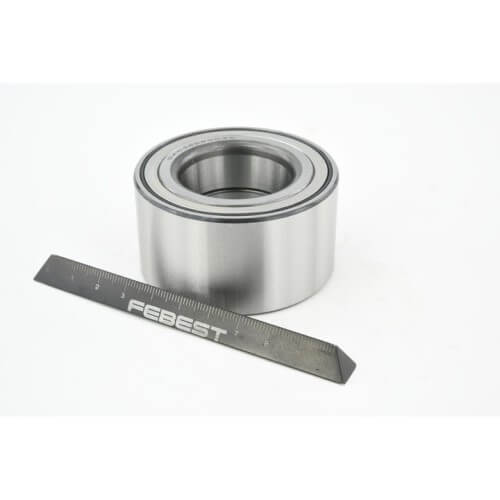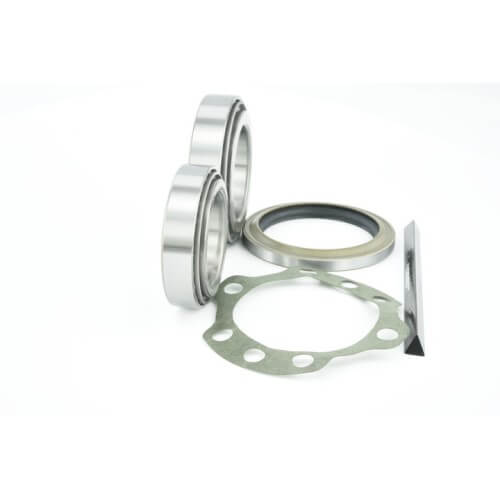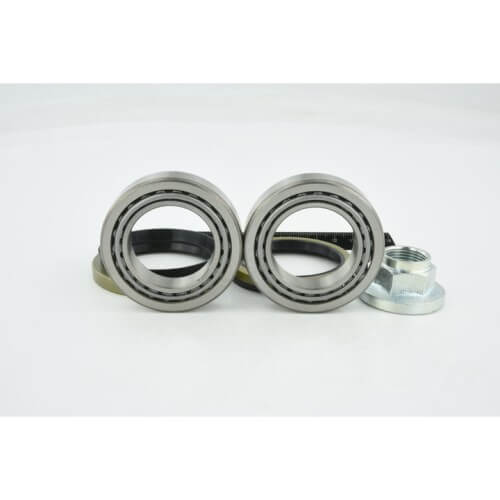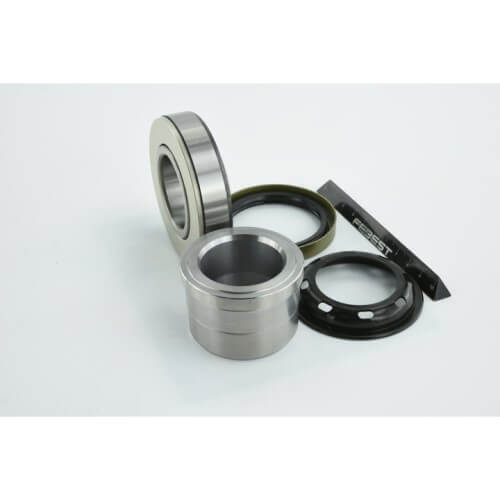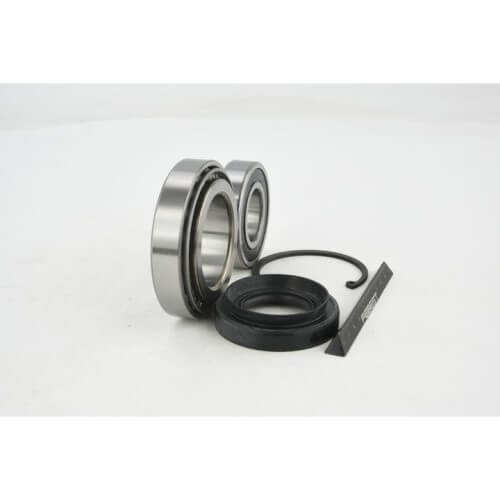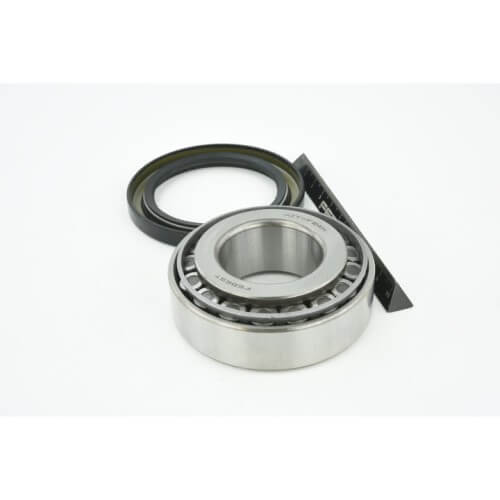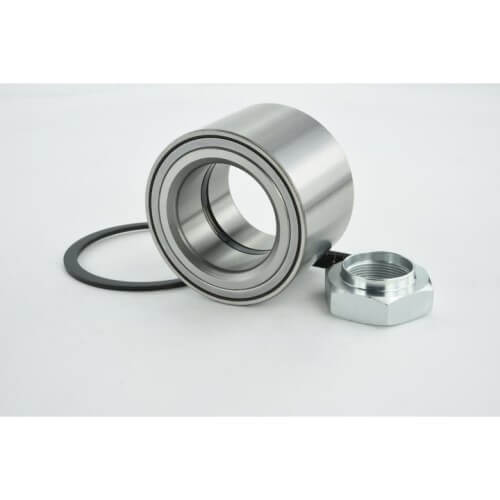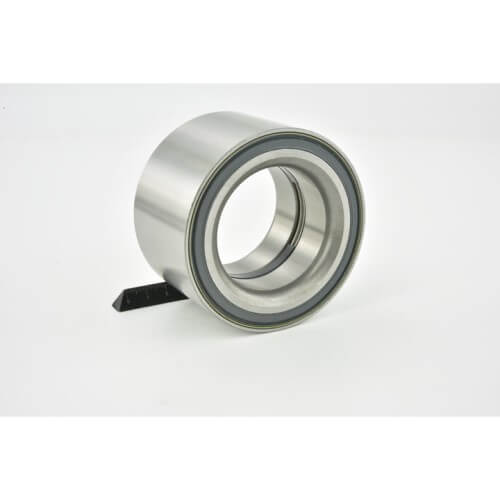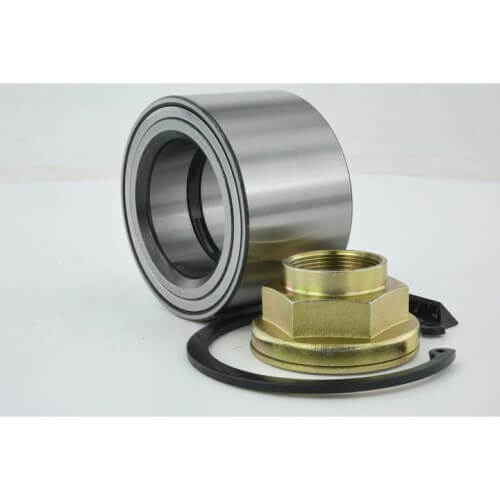Wheel Bearings
The component that joins the wheel to the axle, known as the wheel assembly, is the wheel bearing. A metal ring holds a group of ball bearings together. It makes it possible for the wheel to spin easily and with little resistance. Wheel bearings must be replaced when they cease functioning properly since they are safety-critical parts created to withstand radial and axial stresses brought on by gravity, accelerating braking, and cornering forces.
What is the lifespan of a wheel bearing?
The typical life of a wheel bearing is 136,000 to 160,000 kilometres. This is merely a generalization; the actual lifespan of a wheel bearing is dependent on the bearing’s quality and the environment in which it operates.
What signs indicate faulty wheel bearings
The following are signs of worn wheel bearings:
1. Noise:
• a buzzing, rumbling, or growling sound that gets louder as the car accelerates or turns.
• a harsh, continuous whining or grinding sound as the car is moving.
• Clunking sounds are made when driving over crooked surfaces.
2. considerable play or sloppiness in the steering
3. steering wheel tremor that varies with vehicle speed or throughout a turn;
4. faulty ABS. Failure of the integrated ABS sensor in the wheel end bearing may be the cause of ABS system troubles.
Modern wheel bearings are simpler to install than older models, but for best performance, durability, and safety, proper installation, the use of the right tools, and adherence to the recommended torque values are still necessary. As a result, we advise having your wheel bearings installed by a qualified mechanic who is equipped with the necessary tools and abilities.
- Image
- SKU
- Rating
- Price
- Stock
- Availability
- Add to cart
- Description
- Content
- Weight
- Dimensions
- Additional information

